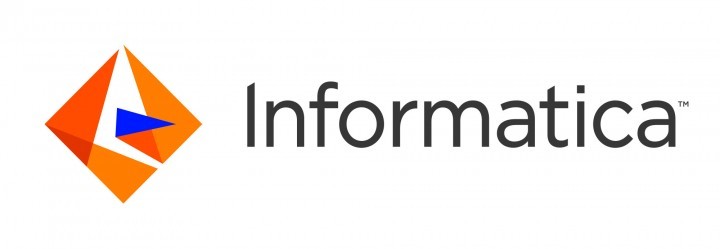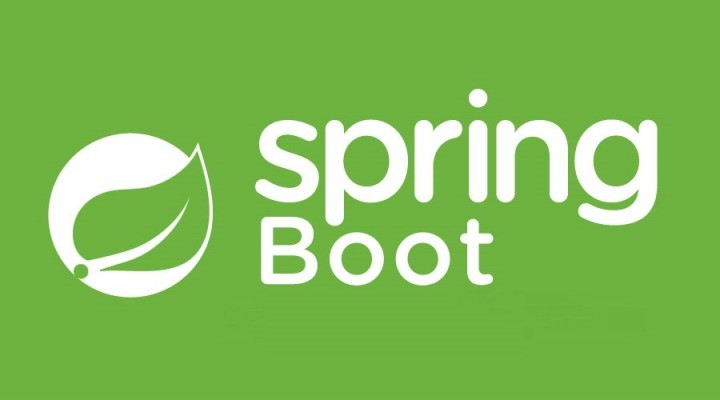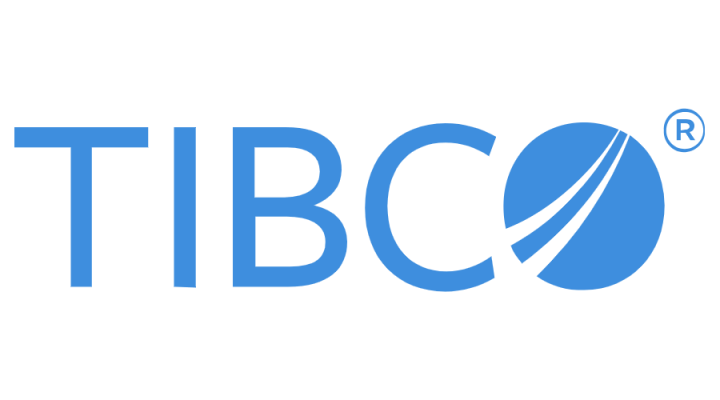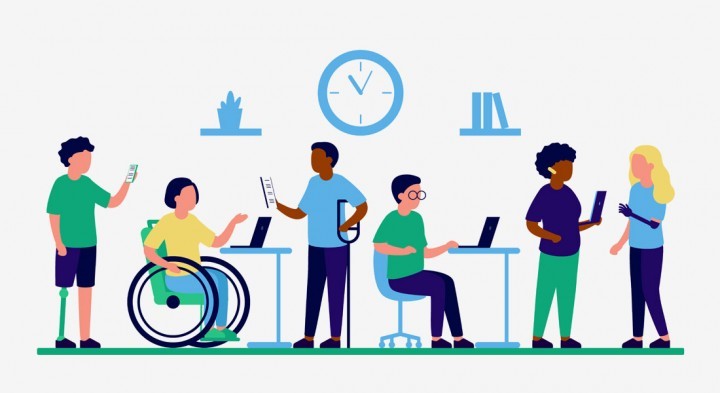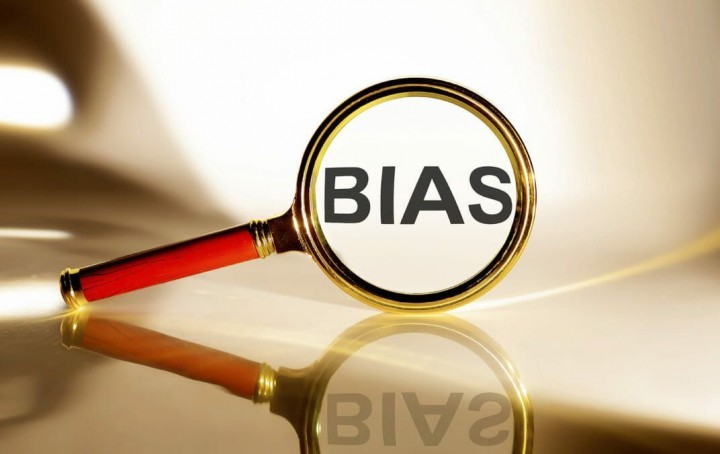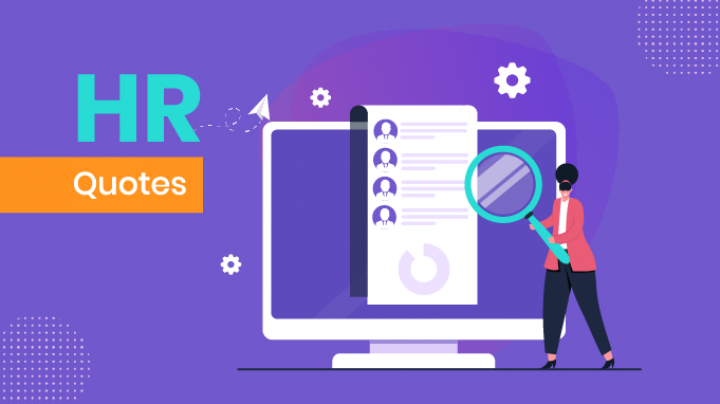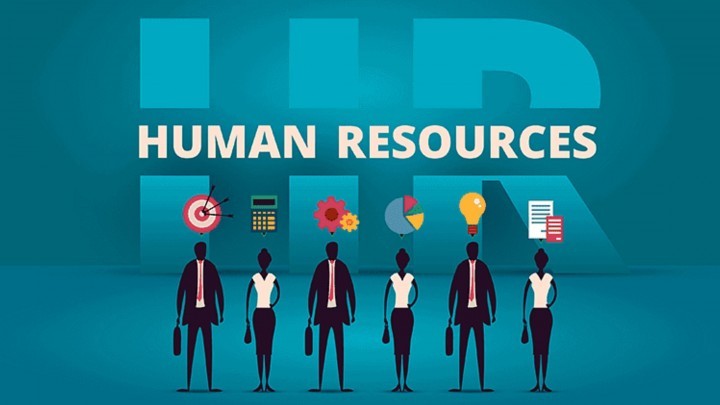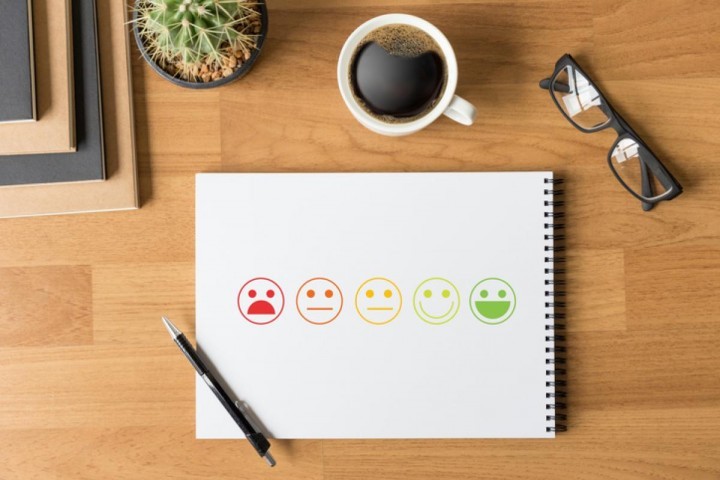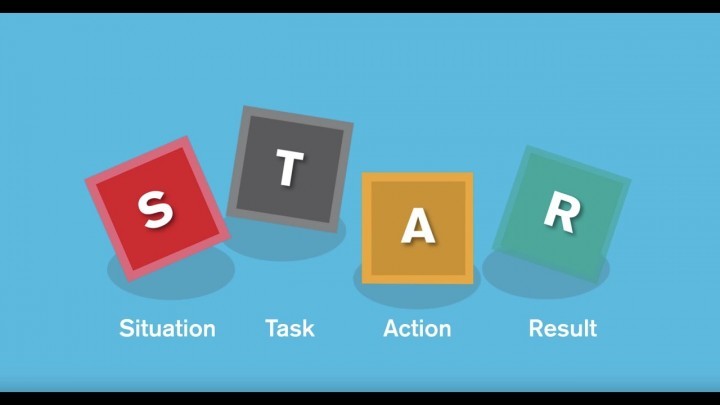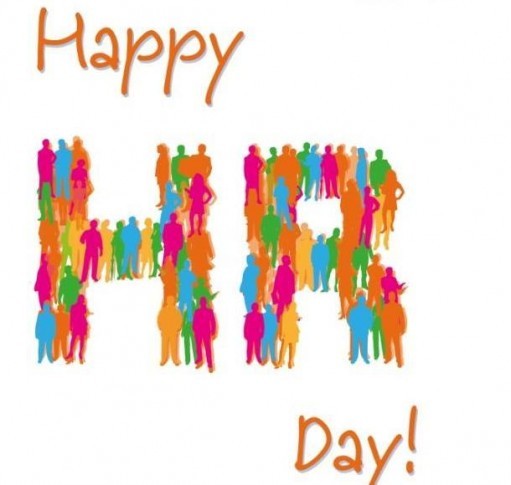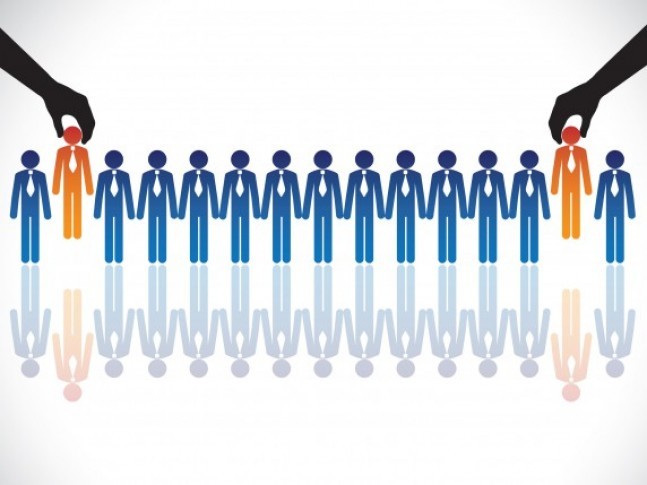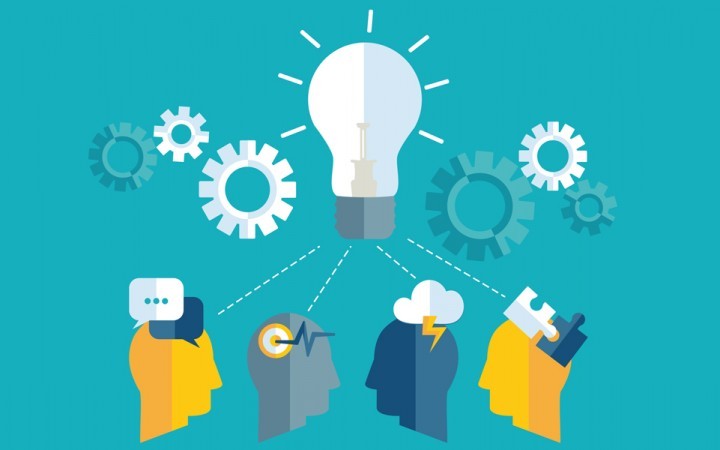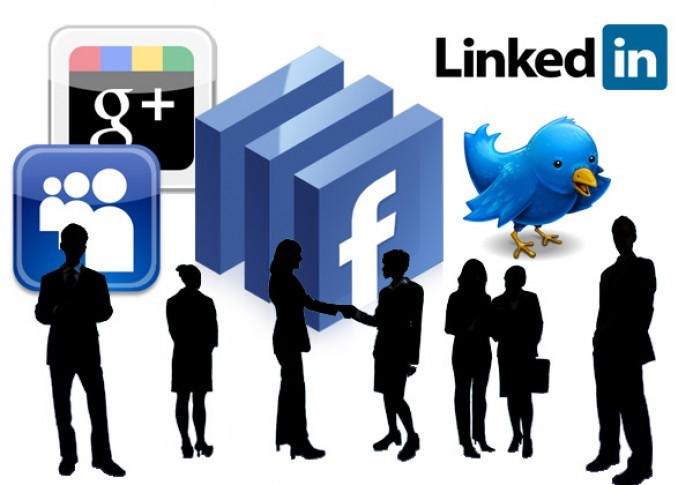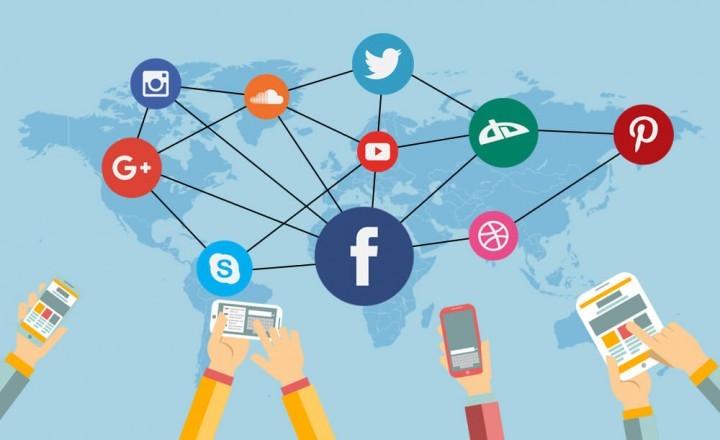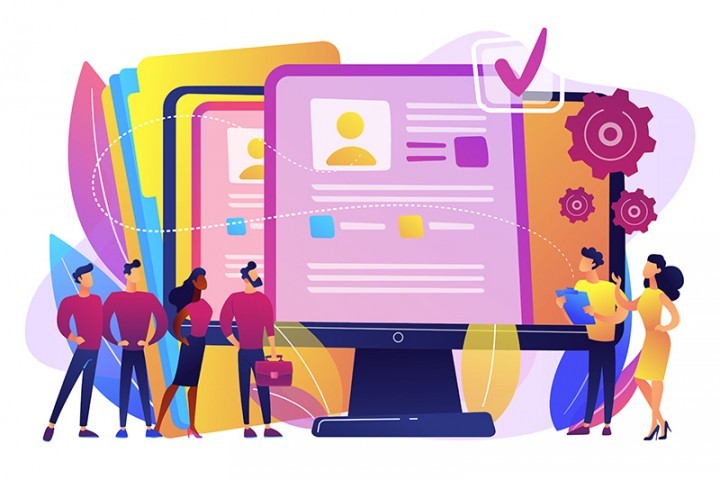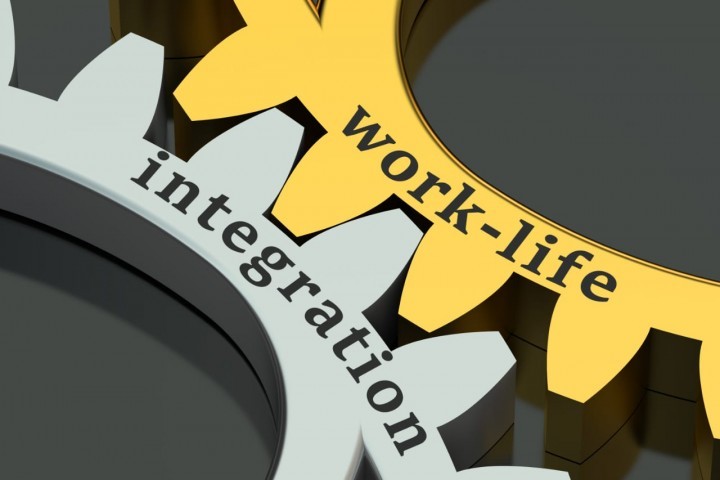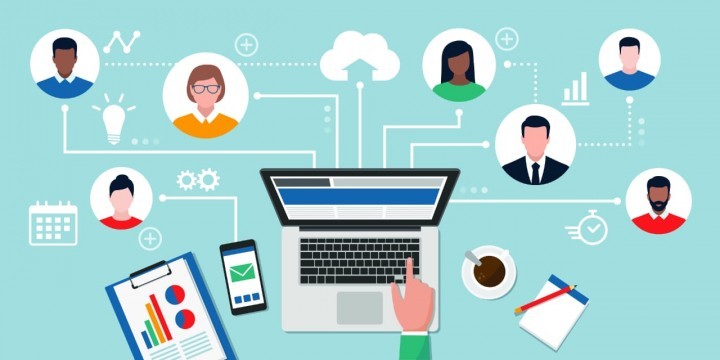
5 key benefits of an integrated HR system
Typically, when you’re evaluating HR software, you have to choose between a ‘best-of-breed’ strategy with point solutions for different HR capabilities – recruitment, payroll, learning, and development, etc. – or an integrated system that caters to everything through one comprehensive package.
The rationale for best-of-breed is that the specialized functionality and more advanced features of these solutions provide advantages that an integrated system can’t meet. An example of this is a specialized recruitment tool that provides the entire range of features you might ever need, such as multi-posting, applicant tracking, candidate management and so on.
Yet on the flip side, with this approach, you are potentially going to need to develop bespoke integrations between these systems or operate them in isolation, leading to multiple data sets.
For most people, neither of these scenarios is attractive. So it really boils down to whether your needs are so complex that you must have a specialized system or whether you can compromise to enjoy the significant benefits of integration.
It’s also important to bear in mind that integrated HR systems have improved in all major functional areas over the last couple of years, so you might not be making as many compromises as it would first appear.
Working with a single system can make life in your HR department much easier, so before deciding on your strategy, you should carefully evaluate all the pros and cons. That means considering the impact of your decision on the whole department and wider business, not just one area – no matter how unique or complex.
To help, HRavailable outlines five of the most significant benefits that come with choosing an integrated option:
1. Integrated HR software saves you time
Having different systems for different services can be confusing and difficult for your employees. In turn, this can lead to HR having to field an increased volume of questions from employees about issues with these various systems – which can waste valuable time for everyone and slow down productivity.
With an integrated system, you bring everything together – so employees only have to log in to one system to view key information (current training status, payroll data, leave dates etc.), saving everyone a lot of time and hassle.
Also, with a single system, there is a much greater scope for automation and workflow – minimising the number of manual interventions needed to complete a process. This functionality is built into the HR system, so there is no need to create complex and costly interfaces between two or more disparate systems.
2. HR system integration provides you with a single set of data
With various systems in place, you are likely to replicate data leading to manual workarounds and unnecessary duplication. An integrated system, by contrast, provides you with a single set of up-to-date data, which enables information to flow through your system more freely – any changes or updates need to be made once and are then consistent for all areas. Again, there is no need for additional integrations to sync data as changes occur across different systems.
To give you a simple example, if an employee’s contract is terminated, the necessary details are entered once, and every relevant area this applies to is automatically updated, rather than the task needing to be replicated across multiple systems.
3. Integrated HR software increases accuracy
The fact that data only has to be entered into your system once has the added benefit of improving your data accuracy. With multiple systems, more people are required to input more data, which multiplies the possibility of human error – and all the problems that come with it.
An integrated system, while not completely removing the possibility of human error completely, does vastly reduce it through a simplified and much smaller data input requirement – giving you much greater confidence in the accuracy of your employee records.
4. Integrated HR solutions dramatically improve reporting & analytics
One of the most common challenges faced by HR teams is the amount of effort required to pull together seemingly simple reports. The root cause is the quality of the data. With disparate systems, the collection, cleansing and aggregation of data is typically a manual process. It can take days to pull together reports using unwieldy spreadsheets and complicated formulas.
Most integrated systems have reporting and analytics tools built in, along with a single set of accurate data to work with. Reports can, therefore, be generated with just a few clicks, so HR teams can spend more time analysing data, identifying trends and taking action – rather than wasting countless hours messing around with spreadsheets.
5. An HR system makes compliance much easier
Regulatory demands on HR professionals are increasing, with the introduction of the General Data Protection Regulation (GDPR), the most obvious example. There are many new things to be done, which just add to an already busy plate.
Integrated HR systems help HR teams fulfil many of these new obligations by minimizing both the amount of effort required and the risk of error. They will automate aspects of compliance processes and provide an audit trail of compliance activities. For example, this could include features to ensure consent is properly tracked, to manage subject access requests quickly, and deletion functionality to comply with the right to erasure.
The best-of-breed software will almost certainly provide many of these features too, but imagine having to duplicate this process across multiple systems along with the number of additional checks and balances required to ensure compliance. An integrated system saves a lot of time and hassle and protects you from potentially crippling fines if the regulators were to audit your systems.
In most cases, integrated systems offer the best overall solution for HR teams. While you may need to compromise a little in terms of the rich functionality provided by a best-of-breed solution, overall, one system just makes life a lot easier.
Of course, there may be exceptions where a certain HR function is very specialised and needs a very complex piece of software. Generally, though, small to medium-sized enterprises are not complicated enough to warrant such a high level of specialised functionality.
The fact is that many organizations have placed undue importance on the advanced features provided by best-of-breed solutions, even though the complexity of their operations simply doesn’t justify it. Often, this complexity is exactly what makes it a less functional and useful tool. This has led to a significant investment in point solutions that haven’t been repaid by any consequent competitive advantage. In fact, it has often increased HR’s workload, which has meant the system is rarely even used.
Overall, according to HRavailable integration helps accuracy, enables greater automation, eliminates repetition and ensures all systems are managed consistently. This improves productivity and enables HR teams to provide more value through more accurate and consistent reporting.
HRavailable keeps you updated on the latest news in the UAE job market.
Get to know more in-depth knowledge on various HR-related topics visit HRavailable.
HRavailable keeps you updated on the latest news in the job market.
Get notified about the latest job openings through HRavailable and never miss a chance to get noticed by recruiters.




